Come and Join us!

be the best version of you
Come and Join us!

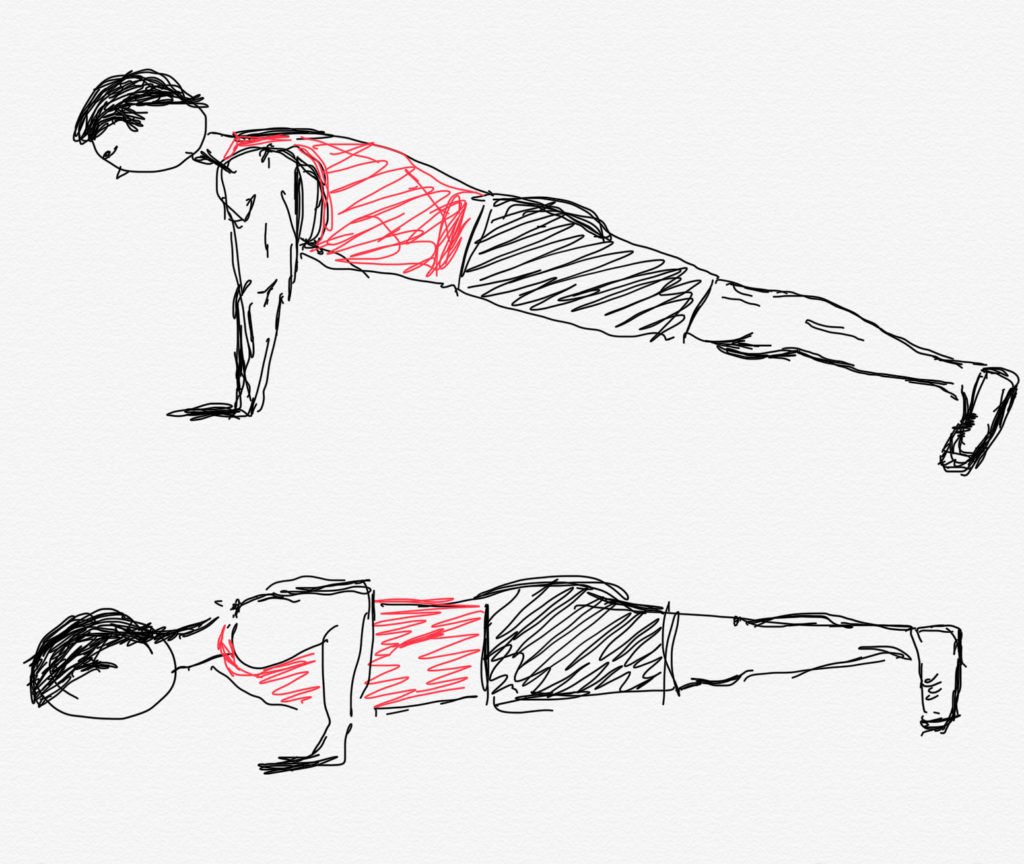
This week in yoga, Pilates and PT sessions we have all been doing variations of the push up. I have given instructions for “inner elbows forward, elbows move directly back, body moves close to the arms” Why? Because this puts your shoulders in a stable, natural and healthy position, therefore lowering the chances of an injury occurring. Press ups with wide hands and elbows to the sides put a huge pressure on the tissue structure as well as the ligaments and shoulder joint. Taking the elbows directly back is a little harder but you will reap the rewards of healthy shoulders and strong toned triceps ( back of the upper arm) if you keep at it. Overtime the more you practice, the more strength you will build and the easier pushups will become. So remember when practising at home – always keep your elbows close to your body. If you find you cannot support your whole bodyweight at first you can take the knees down. Make things even easier by practicing against a window ledge or kitchen counter – the body is in a plank and elbows move directly back just as in the floor based version.
Why are we doing push-ups anyway? Good question – push-ups primarily work the large chest muscles as well as the triceps. But they are in-fact a great full body exercise as muscles through the abdominals, back, glutes and legs are involved in stabilising the body in a straight line while the arms, chest and shoulder do lots of work to move the body up and down through the full motion of the push-up.
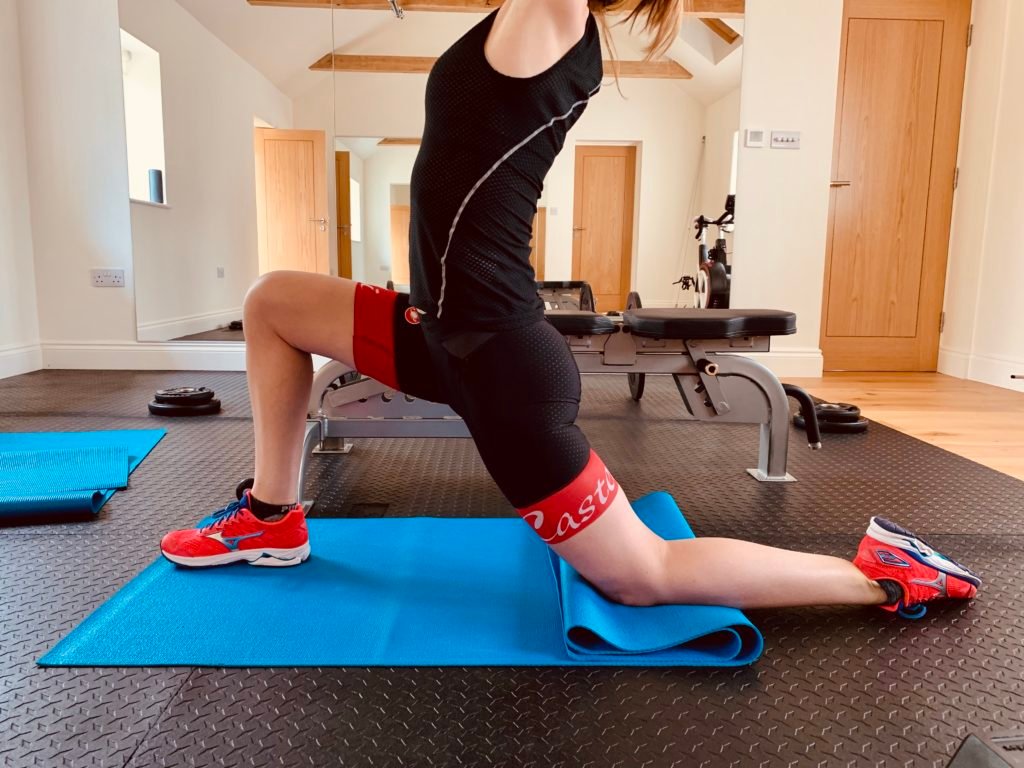
Its time to compliment your training with some mobility work.
Are stiff joints and limited ROM (range of movement) holding you back in your chosen discipline? Whether you are a weight lifter, a runner or swimmer you will know that having a good ROM at the joints is key to maintaining performance and reducing risk of injury.
As we age or train continuously in one discipline, ROM ( range of movement) at one or more joints naturally reduces. Tight hamstrings, hip-flexors and shoulders are common amongst athletes of many disciplines. The effect over time is loss of speed and increased injury risk. Injury at any age is an issue but more so as we age as it takes so much longer to heal – the loss of fitness during this time can be huge and hard to regain.
Adding yoga to your weekly routine will help redress the balance of hours spent in a aerodynamic position on a bike, hours of hamstring and quad contraction pounding the pavement or pushing heavy weights.
Evening yoga classes starting w/c 6th Jan. Beginners welcome. 6 week course. Spaces are very limited so act now. See my testimonials page and yoga pages on this site for more details
email: marciefitness@gmail.com to get in touch and book your space.
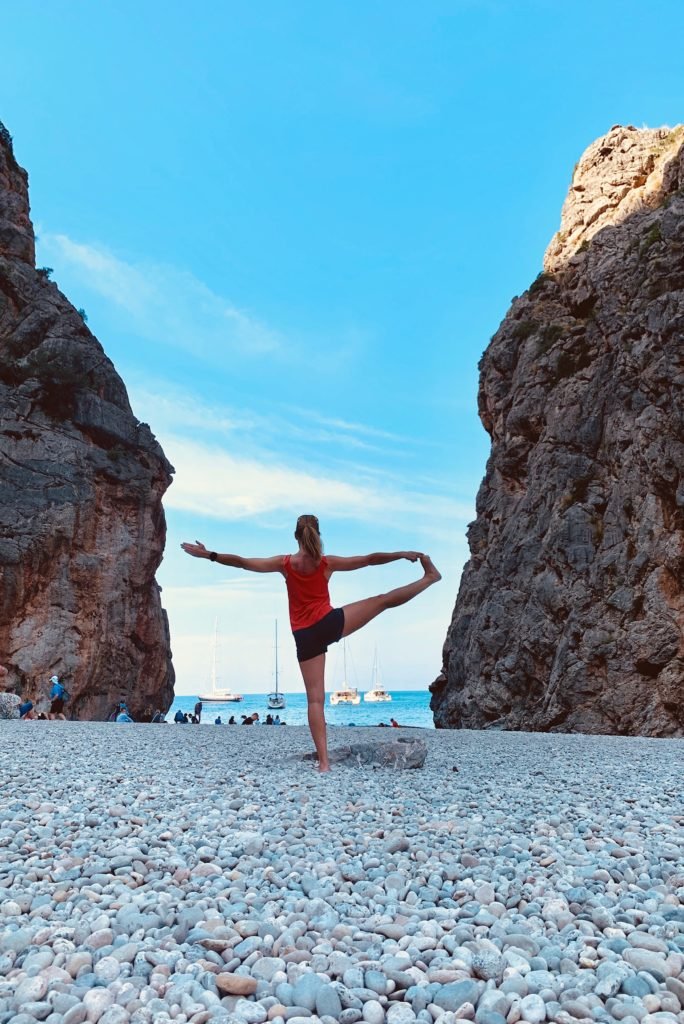
Classes are filling up fast! Get in touch to renew and guarantee your space for next term. Email: marciefitness@gmail.com
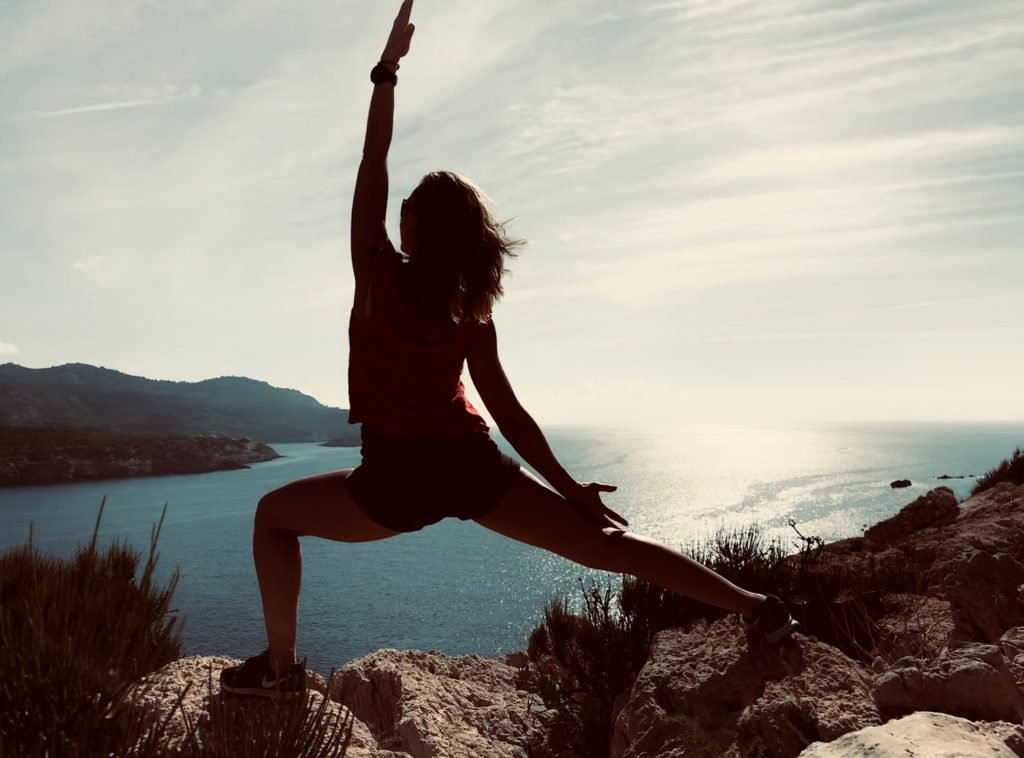
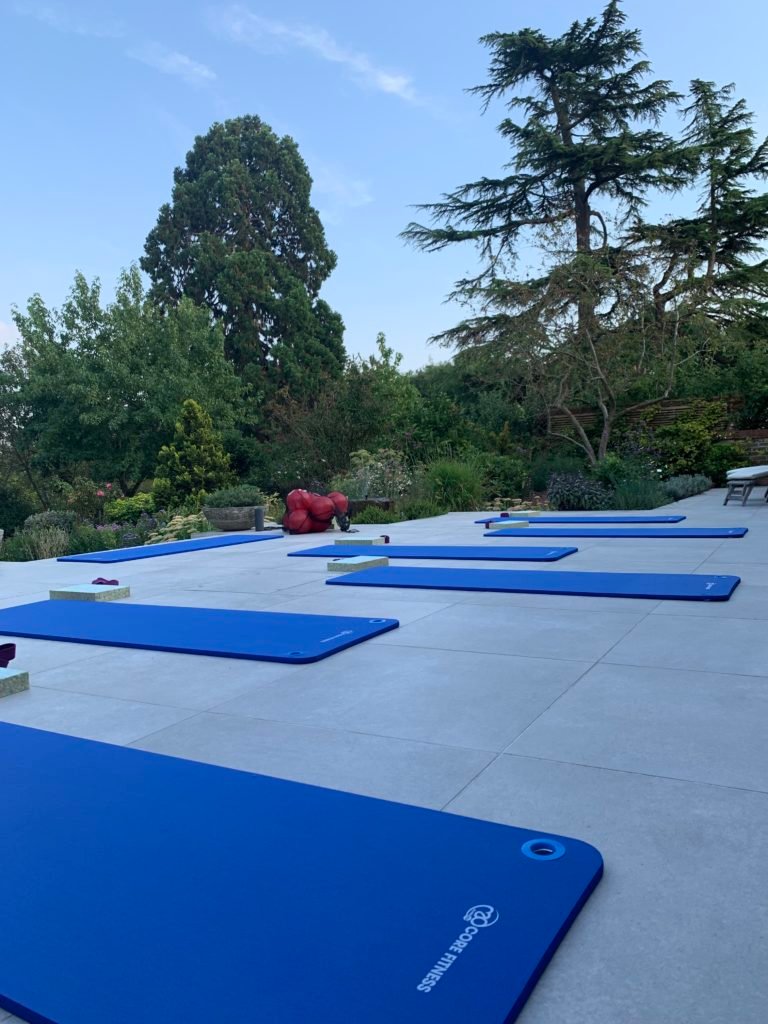

The picture above shows the heart rate monitor output from a recent yoga class. I decided to log the class to see how my heart rate varied during the 90 minute class. The results are clear to see! Working hard in some postures then resting between postures sees the heart rate rise and fall. The most striking thing though is the rapid drop in heart rate seen at the end of the class as the body surrenders completely into relaxation or “savasana”
Savasana or corpse pose is one of the most important poses of the class. It involves laying on the mat with arms and legs angled away from the trunk. The body has worked physically hard during the class, stretching, balancing, twisting. Internal organs are squeezed and massaged, muscles are contracted and stretched. The mind has to focus to balance on one leg or use nearly every muscle to maintain balance in a strong inversion like handstand. It is therefore very important to allow the body to come back to a new and hopefully improved level of stasis where organs, the lymphatic and endocrine systems (including the digestive and immune functions) are functioning at an improved level of efficiency. Your body will continue to adapt as you sleep later that night and in the days that follow, ultimately becoming stronger and better conditioned, inside and out.
In savasana we are aiming for a watchful deep rest as opposed to sleep. We look internally over the body noticing how it’s feeling, observing the rise and fall of chest during the natural rhythm of the breath. Noticing any areas that have not released and relaxed and using focus as we exhale to bring those areas to relaxation.
Don’t underestimate the art of relaxation. Savasana can be the most difficult pose of your practice. As a new student to yoga 18 years ago, I struggled to relax laying on a dusty drafty floor of a local hall surrounded by complete strangers! It took time but what a gift it is once you have trained your body to master this pose. As the picture above shows it is possible to reach a deep state of relaxation very quickly after a yoga class with the heart rate dropping to levels only normally seen during deep sleep.
A good yoga class sets up the conditions for a truly deep relaxation which is restorative and refreshing for the body and mind.
Many participants report sleeping very well after a class and this has been my experience as well and one of the reasons I love yoga so much.
If you think you would like to try yoga as a pathway to better sleep and relaxation (as well as all the other wonderful benefits that yoga practice brings) then please get in touch to book your first class. Email: marciefitness@gmail.com
This week in Pilates we got technical!
The result ? Clients saw huge improvements in their Sit and Reach Test scores of between 4.5 cm and 24cm. So how did we do it and what on earth is a Sit and Reach test?
Sit and Reach Flexibility Test
The sit and reach test is a common measure of flexibility, measuring the flexibility of the lower back and hamstring muscles. Tightness in these areas is implicated in lumbar lordosis ( excessive curve in low back) and often lower back pain. This test was first described by Wells and Dillon (1952) and is now widely used as a general test of flexibility with several variations of the test now in use.
Often the test is done without any warm up and involves reaching forward from a controlled position and taking a measurement at the furthest point reached by the finger tips. A warm up consisting of dynamic and static stretches will improve the results and indeed a study by María Angeles Díaz-Soler, Raquel Vaquero-Cristóbal, Luis Espejo-Antúnez, Pedro Ángel López-Miñarro in 2015 showed that a warm up improved scores by an an average of 2.1 cm – 2.6 cm immediately after the warm up and at 5 minute and 10 minute points after the warm up. Their sample group was 47 students.
Method used this week in Pilates
The class was planned to stretch the muscles and release the fascia of the superficial back line (or anatomy train) ( Thomas W Myers – Anatomy Trains 2014)
We used myofacial release techniques as well as targeted yoga stretches and dynamic Pilates stretches to focus on the musculature and fascia of the superficial back line known sometimes as the “posterior train”. This fascial “train” runs from the root of the toes along the sole of the foot, up the back of the leg and buttock crossing over at the low back before continuing up the length of the back to the neck, back of the skull and eventually finishing at the forehead. Where muscles were found to be particularly tight we used a developmental stretch technique known as PNF (proprioceptive neuromuscular facilitation) to trick the central nervous system into releasing the muscle fibres just that little bit more.
Ok so that’s the technical stuff done.
Participants were pleased, as was I, to find that at the end of all this targeted work they were able to reach so much farther than at the start of class. The average improvement was 14.3cm which is an amazing 11.8cm more than that achieved in the 2015 study (referenced above) where students did a more general style warm up with static and dynamic stretches.
Imagine what can be achieved with regular targeted stretching and myofascial release!
If you can’t touch your toes anymore and your joints and muscles feel stiffer – whether due to a heavy sports schedule or just plain old simple aging then maybe it’s time to join us in a Pilates or Yoga class.
Classes run in a beautiful light airy studio with vaulted ceiling and have a maximum of 6 participants. All equipment is provided and with low numbers you are ensured lots of individual attention to help your technique and posture during exercises.
Get in touch and book your space today. Classes start w/c 12th Aug and are filling up quickly. marciefitness.com, marciefitness@gmail.com
Mondays 7pm yoga
Tuesdays 6pm Pilates
Weds 6:30 yoga
Thurs 6:30 Pilates

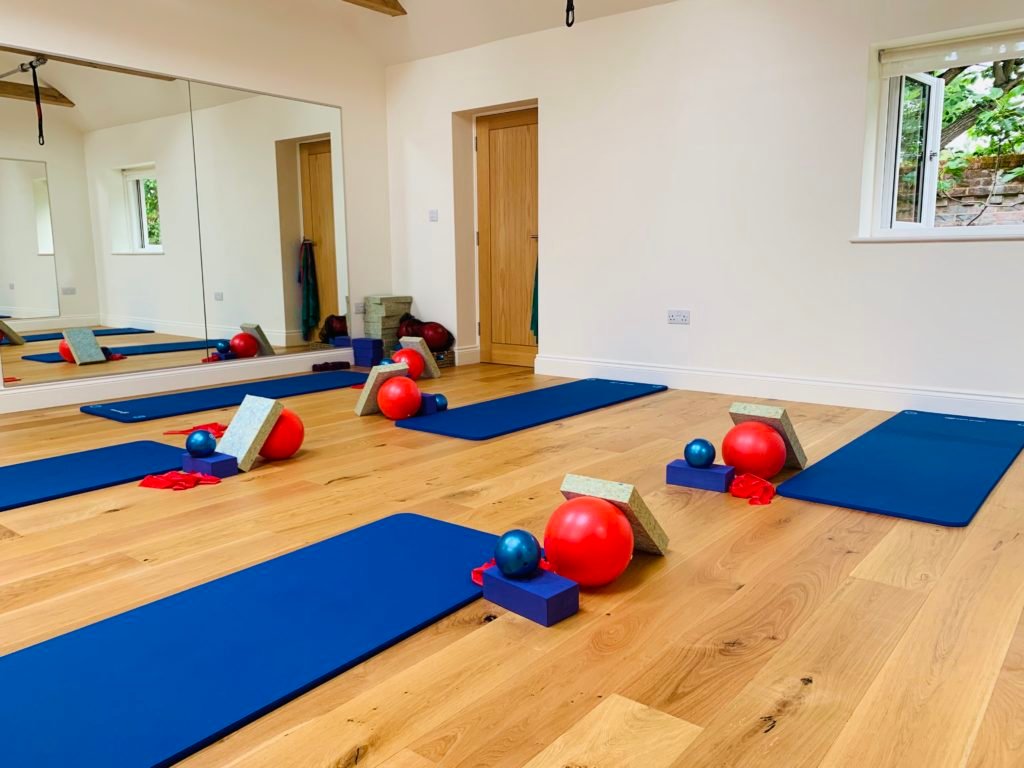

In the studio we have two mirrored walls which I encourage students to use to observe their own alignment during some focused classes for some postures in order to bring the self awareness and mind body connection needed to take postures forward. I also benefit as a teacher in that I can see the whole class from different angles. Classes have a maximum of 6 participants so there is no escaping!
During one to one classes or semi-private classes ( 2 participants) I can take photos of more challenging postures like shoulder stand so that the student can benefit from seeing their current level, progress to date and the “working on” issues to achieve perfect alignment. If you think you could benefit from a detailed analysis of your yoga practice with some marked up photos and improvement advice please get in touch.